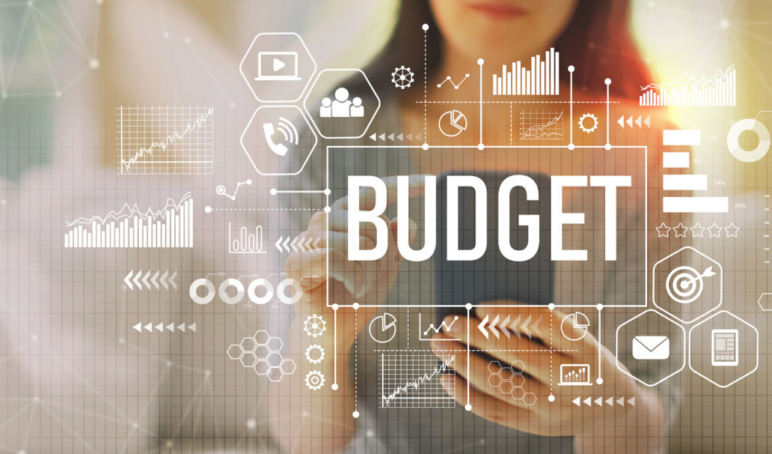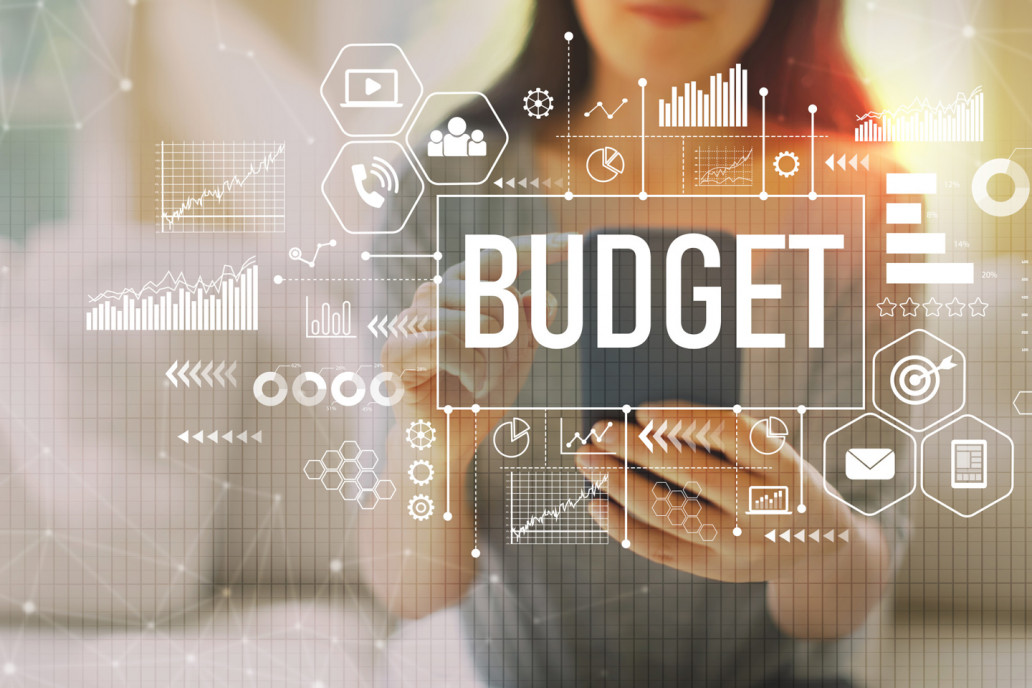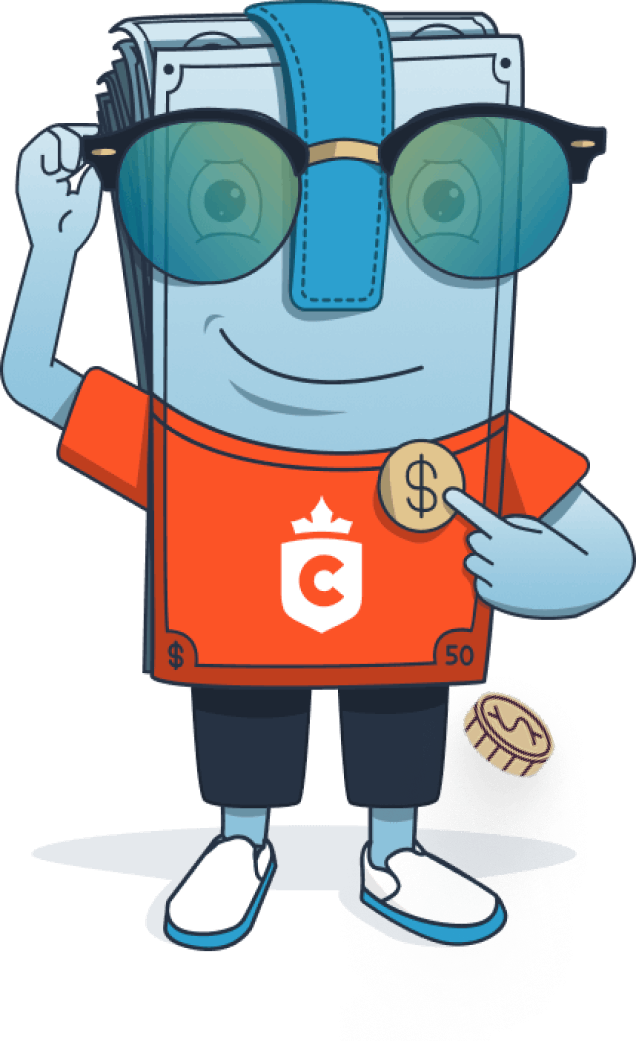

If there’s one thing people need in their lives, it’s better financial habits. In a country where 70% of people don’t even have a retirement plan, Canadians need to figure out a budgeting system.
Although, many people feel as if they don’t know how to start budgeting. Luckily, with the right budgeting strategies and tools, it’s easier than ever. Here’s what you need to know!
Understand Your Financial Situation
Before you write out a budget, you need to take the blinders off. Unfortunately, most people don’t even open their financial statements before throwing them in the trash, let alone reading and analyzing them. Don’t be most people!
Track Your Expenses
Don’t roll your eyes. Tracking expenses is the first step to any successful budget, and in today’s world, it’s not even complicated!
If you only use one or two cards or accounts to pay for the majority of your expenses, then you’re in luck! Read the statements on them and write down any cash expenses alongside them throughout the month.
Try your best to break these into categories and see where your money goes. You may be surprised how much you spend on certain commodities like coffee, bar tabs, or recreation. However, it’s important to add these up!
Also, check your income through your pay stubs or bank account and subtract your expenses from your takeaway pay to determine if you’re in the red, green, or too close for comfort.
Understand Your Debt
Over 73% of Canadians have outstanding debt or used a payday loan in the last 12 months. Add up your debt and break it into high-interest and low-interest debt.
Payday loans and credit cards are high-interest debts that need to be paid off immediately, and auto loans and mortgages are considered low-interest debts.
Define Your Goals
A budget needs to have goals. Exact dollar amounts or percentages are great, but that isn’t the only type of goal you should have. For example, what are you trying to get out of your budget?
Essentially, you need to have a “why” in your budget, and it doesn’t hurt to write it down along with the monetary goals. Are you saving for a downpayment on a house? Trying to get out of debt?
Whatever your reasoning is, ensure it’s something you want and that you’re willing to fight for.
Best Budgeting Strategies
Once you’ve determined your financial situation and established clear goals, you’re ready to choose an approach to budgeting. If you want to know how to budget, choose from any of the following!
50/30/20
One of the greatest budgeting strategies is the 50/30/20 method. With this budget, you will try to keep your essential purchases under 50%, “fun” purchases under 30%, and investments at around 20%.
To break it down, your needs include groceries, rent, and utilities. Your wants are subscriptions, going out, and shopping money. Investments include savings funds, paying off debt, and other investments you make.
You may have less obvious essential purchases unique to you, such as copays for physical therapy sessions. Don’t forget to include these expenses in your budget.
Let’s say you manage to keep your essentials down to 45%. Don’t just add that to the “fun” category. Instead, use that as an emergency fund for unexpected essential purchases such as car or home repairs.
“Wants,” “fun money,” or whatever you want to call it should be broken into categories to see where you spend the most, as it’s also where you can save most. We would never suggest you don’t spend your hard-earned money on things you want; you should just try to keep it under 30% of your income.
Any remaining money should be put into an investment account, savings account, retirement fund, or rainy day fund. If you manage to get that up to 20% or more of your income, then you’ll be surprised how quickly it grows!
80/20
Is 50/30/20 too much for you? Try the 80/20 budget instead, where you simply automate 20% of your income into savings and forget about it! You can follow this budget in the same fashion as the 50/30/20, but it will be less complex.
The “Traditional” Budget
If you don’t want to spend the extra time breaking things into categories and subcategories, then this is the next best thing.
However, you should still try to automate 20% of your income into savings or investments. Once you’re done analyzing your expenses and income, all you have to do is prioritize and determine where you can save, including the essentials.
You may need to look for ways to save money on groceries, find more free recreational activities, or even downsize your apartment. Simply find where your money is going, set priorities, and ditch some of your bad financial habits.
Debt-Eliminating
Any budget can help you pay off debt, but if debt is your primary focus, then you should make it the center of your budget. If you have a lot of high-interest debt, it needs to be paid off right away.
If you owe $20,000 on your credit cards with a 20% APR, you could owe $4,000 extra by the end of the year if you’re only making the minimum payment. In this case, debt should be the top priority.
Our best suggestion would be to use a personal loan with a lower interest rate to pay this off and to set up a payment plan with the highest percentage of your income that your budget will allow. This will force you to pay it off on time, help rebuild your credit, and save you the most money!
Tips on Budgeting
Now that you know some approaches to budgeting, there are some general best practices to use with any tactic you choose.
First, focus on months instead of weeks or years. While paychecks are irregular within months, expenses typically come every month. Of course, you should also be thinking about the long-term, but when it comes to managing your regular budget, months are the best measure.
Second, use a budgeting app or template if you want to visualize and reinforce your budget in your mind. This will also work as a reference when you need insight throughout the month.
Other than that, here are some tips!
Give Yourself Room
Increasing your income or lowering expenses is the only way to allow more room within your budget. If you’re trying to reach tight savings goals, one unexpected expense could set you back.
Taking on a side hustle or asking for a raise at work could give you enough wiggle room to consistently reach your goals month after month.
If you can’t do that (or even if you can), try to cut expenses more by using coupons at the grocery store, rewards programs at frequently used businesses, or simply making coffee at home! There are plenty of ways to save if you keep an eye out for them.
Be Consistent
If you’ve been dieting and exercising for two years and you eat a cupcake at your friend’s birthday party, are you suddenly unhealthy? Of course not, unless you give up and make cupcakes part of your daily diet after that. Use that same logic while budgeting.
You can’t always control what the future is going to bring, but you can control how you react to it. Missing a savings goal one month is fine if it’s one month out of the year, and it won’t even be noticeable ten years from now.
Much like an exercise program, thinking about a budget as a long-term lifestyle choice instead of a “quick fix” is essential for success. Small bumps in the road won’t make a difference if you’re playing the long game!
Don’t Forget Your “Why”
Finally, we mentioned the importance of reasoning behind your budget so that you stick through it when times get rough. Give yourself reminders of your “why” as time goes on.
For example, if you’re saving for a house, look at houses for sale online and envision yourself there. Looking to just get back on your feet and financially stable? Start looking at future investment opportunities.
No matter what, there will be challenges in your budgeting efforts, so having a fresh reminder of why you decided to budget will only help you follow through over time.
Pinch Those Pennies!
Now that you know how to implement some of the best budgeting strategies, this knowledge will only go to waste if you don’t put it to use. If you start now, you’ll be glad you did in a couple of years! Stay up to date with our latest personal finance news and feel free to reach out with any questions!





